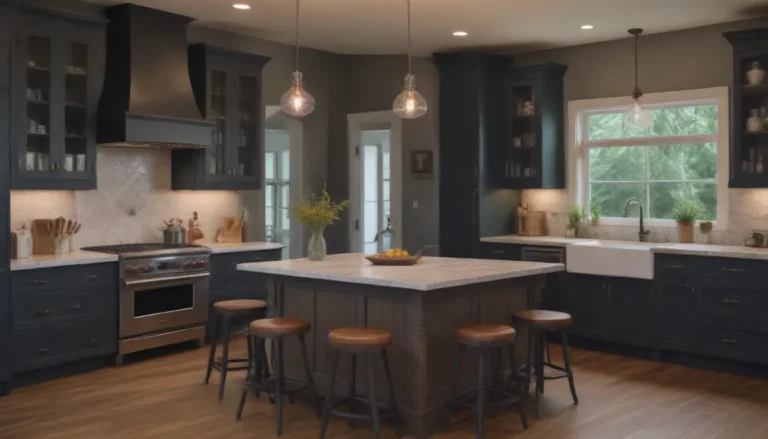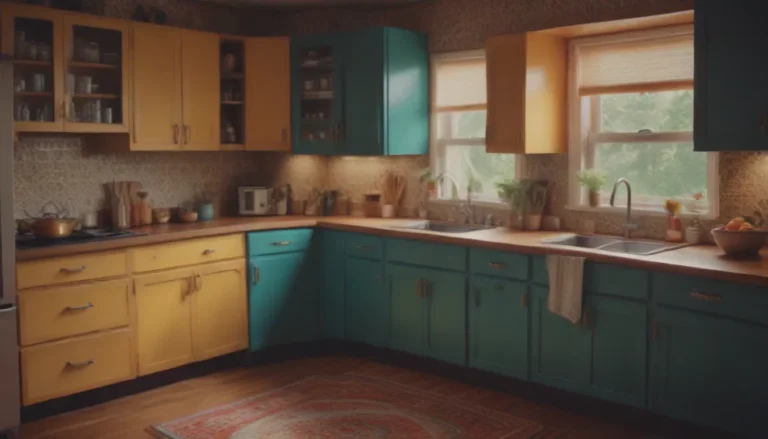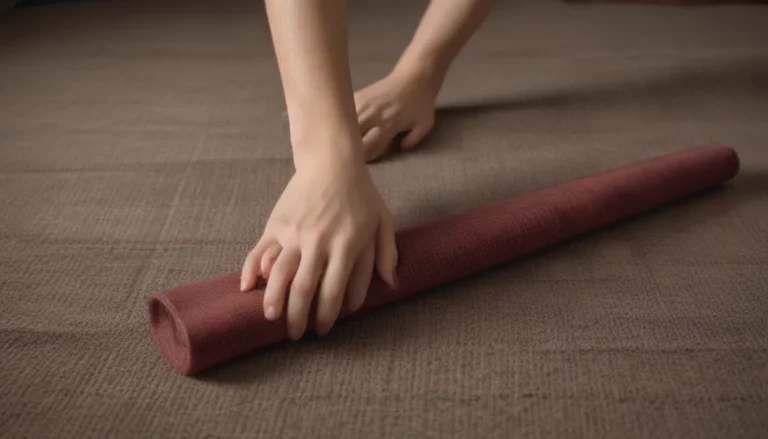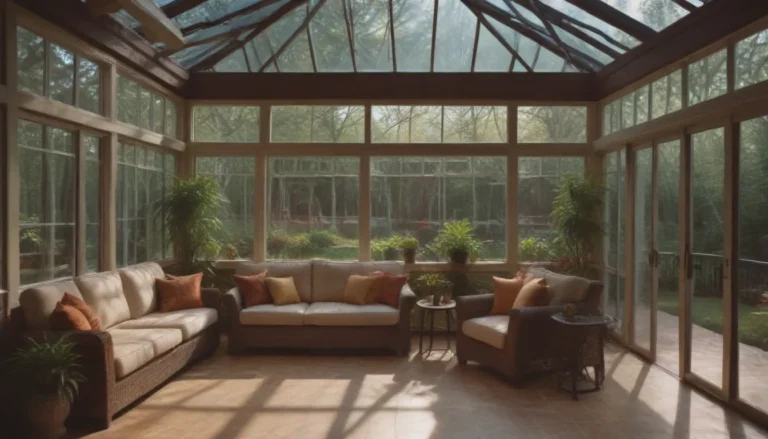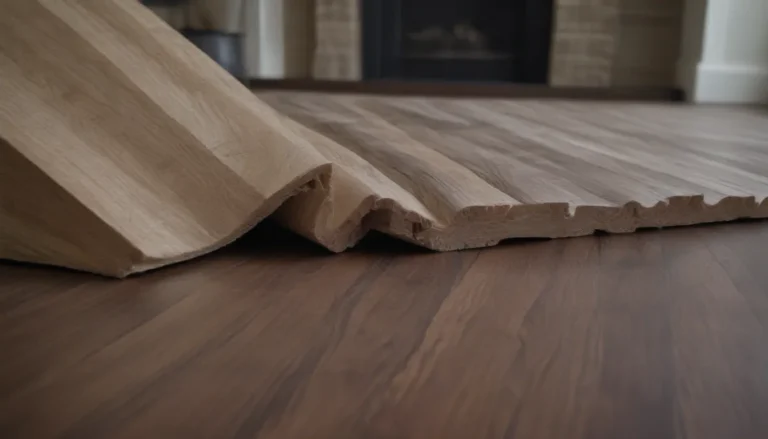Understanding the Differences Between Horizontal and Vertical Wooden Fences
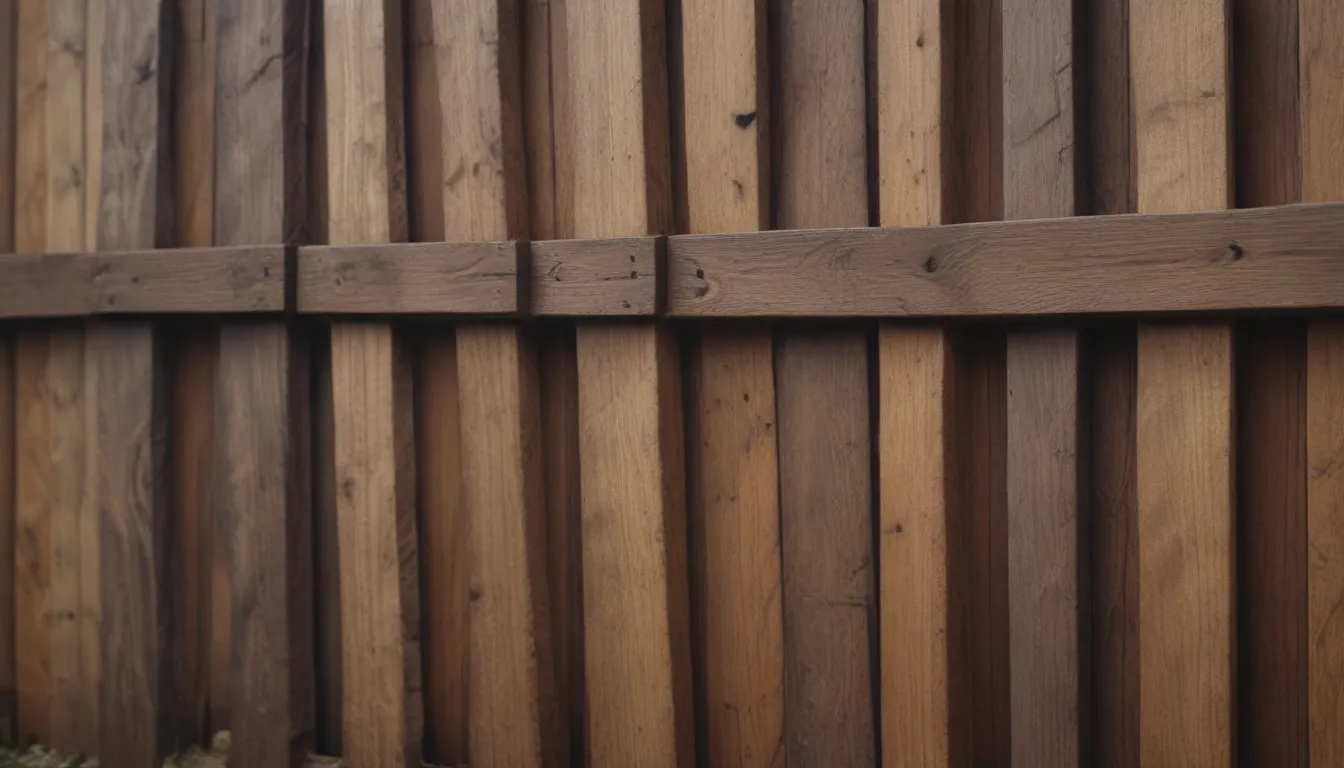
When it comes to enhancing the look of your home and ensuring privacy and safety, installing a fence plays a crucial role. The direction in which you install the fence boards, whether vertically or horizontally, can significantly impact the overall aesthetics of your property. In this article, we will delve into the details of horizontal and vertical wooden fences, explore their installation techniques, and weigh their pros and cons to help you make an informed decision.
Vertical Fences: Sturdy and Easy to Build
Vertical fences have been a popular choice for many homeowners due to their sturdiness and ease of construction. Here are some key points to consider when it comes to vertical wooden fences:
- Sturdy and easy to build
- Suitable for uneven ground
- Wide fence post span reduces the need for additional posts
- Pre-made fence panels can be used for convenience
- Stringers provide additional support
- Less distinctive look compared to horizontal fences
Vertical fences typically feature fence boards attached vertically to two or three horizontal stringers. The fence posts are usually spaced eight feet apart, with stringers running at the top, bottom, and optionally, in the middle. Stringers, horizontal boards that offer reinforcement, play a crucial role in maintaining the structure’s integrity.
While vertical fences are a practical choice for uneven terrain and sharp slopes, they may require more maintenance over time. The exposure of board ends to the elements can lead to deterioration, making regular upkeep essential to ensure longevity.
Horizontal Fences: A Modern and Stylish Option
In recent years, horizontal wooden fences have emerged as a popular choice for homeowners seeking a modern and sleek look for their property. Here are some key characteristics of horizontal fences to consider:
- Trendy and up-to-date appearance
- No need for stringers simplifies construction
- Board ends are less exposed to weather
- Stronger when high-grade boards are used
- Eye-catching design, perfect for contemporary homes
Horizontal fences consist of fence posts and horizontally-oriented fence boards, without the need for stringers. The spacing between posts is typically six feet to minimize the risk of sagging. With a clean and modern aesthetic, horizontal fences have become a preferred option for many households and neighborhoods.
Unlike vertical fences, horizontal fences allow for wider board spacing, imparting a unique look to the overall design. However, they may come at a slightly higher cost due to the requirement for high-grade lumber to prevent sagging. Additionally, privacy might be compromised as the gaps between boards allow visibility through the fence.
Fence Permit and Code Basics
Before embarking on a fence installation project, it’s crucial to familiarize yourself with local codes and regulations concerning fence height and property boundaries. Here are some key points to consider:
- Fence height restrictions may vary based on local codes
- Vertical add-ons, such as lattices, are typically included in total fence height
- Neighbors’ consent may be required for building a fence on a property line
- Certain laws, such as California’s Good Neighbor Fence Law, aim to resolve disputes between neighbors
Understanding the legal requirements and guidelines for fence installation can help you avoid potential conflicts with neighbors and ensure compliance with local regulations.
Horizontal vs. Vertical Fences: Making the Right Choice for Your Property
When deciding between horizontal and vertical fences, it’s essential to consider your specific needs and preferences. Here are some factors to help you determine the best option for your property:
- Consider a vertical fence if you prefer a traditional look and want to minimize costs
- Opt for a horizontal fence for a contemporary appearance and a stylish statement
- Choose vertical fences for sloped terrain to maintain a smooth, uniform look
- Select horizontal fences for a less confining feel and a modern touch
Whether you’re looking to enhance your property with a classic or modern fence design, weighing the benefits and drawbacks of horizontal and vertical fences can help you make an informed decision that suits your aesthetic preferences and practical requirements.
In conclusion, both horizontal and vertical wooden fences offer unique advantages and visual appeal, making them versatile options for homeowners looking to enhance their outdoor spaces. By understanding the differences between these two styles and considering your specific needs, you can choose the fence that best complements your home’s architecture and reflects your personal style.
Remember to consult with fencing professionals and local authorities to ensure compliance with building codes and regulations before starting your fence installation project. With the right choice of fence design, your property can benefit from added privacy, safety, and visual interest for years to come.
